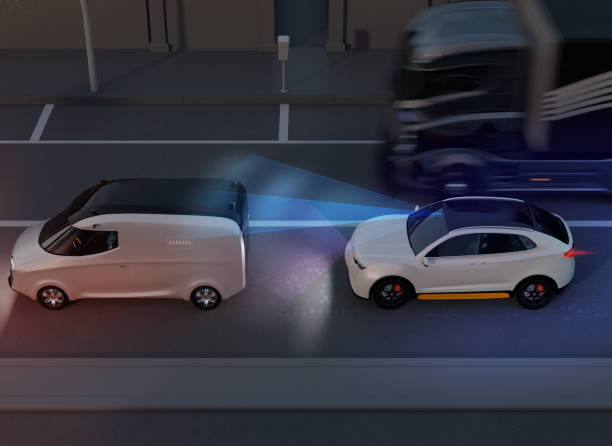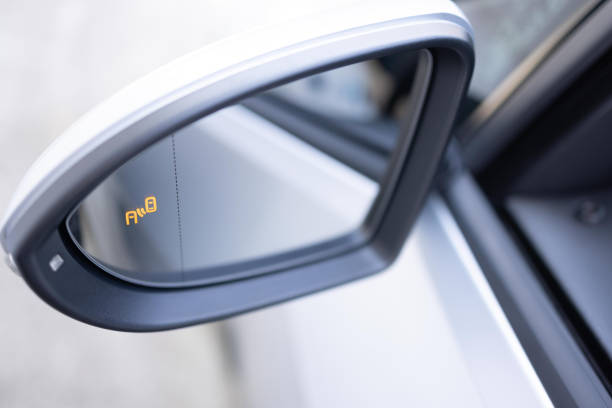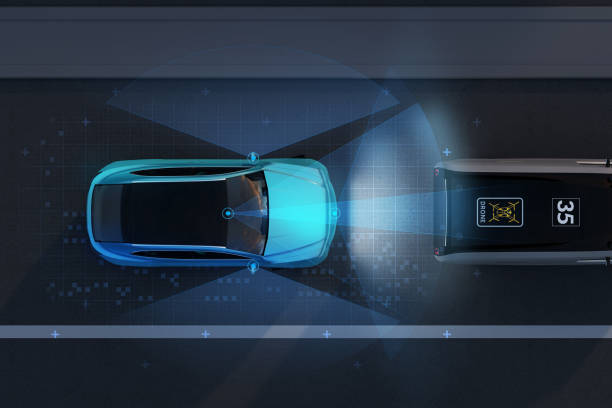Front Radar Sensors and Their Role in Advanced Driver Assistance

Front Radar Sensors: The Unsung Heroes of ADAS
When it comes to modern vehicle safety, one of the most crucial pieces of technology is the front radar sensor. These sensors quietly work behind the scenes to enhance driving safety, helping cars detect obstacles, maintain safe distances, and react to potential dangers in milliseconds.
What Are Front Radar Sensors?
Front radar sensors are mounted on the front grille or bumper of a vehicle. They use radar waves to measure distances between your car and objects ahead—like other vehicles, pedestrians, or even barriers. Unlike cameras, which rely on visibility, radar sensors work effectively in fog, rain, or darkness, making them reliable for all driving conditions.
How Do They Improve Driving Safety?
Front radar sensors play a critical role in Advanced Driver Assistance Systems (ADAS), helping drivers avoid accidents and navigate roads with confidence. Some key functions include:
🚘 Adaptive Cruise Control (ACC) – Maintains a safe following distance by automatically adjusting speed.
⚠️ Forward Collision Warning (FCW) – Alerts drivers if a potential crash is detected.
🛑 Automatic Emergency Braking (AEB) – Applies the brakes if the driver doesn’t react in time to an approaching obstacle.
🔄 Traffic Jam Assist – Helps manage stop-and-go traffic by braking and accelerating smoothly.
Why Are Front Radar Sensors Important?
Without front radar sensors, many ADAS features wouldn’t work as effectively. They provide fast and accurate detection, ensuring cars can react quickly to dangers—even before the driver notices them. As the auto industry moves toward more automation, these sensors will continue to be a key component in making roads safer.
Whether you drive a high-tech vehicle or a traditional car, front radar sensors are shaping the future of driving—keeping drivers alert and protected every step of the way. 🚗💨
Related Posts
Southern Utah Passport to Summer 2025
 Car Safety with ADAS Welcome to Premier ADAS Solutions' car safety education for your summer fun. Please view the video...
Car Safety with ADAS Welcome to Premier ADAS Solutions' car safety education for your summer fun. Please view the video...
Blind Spot Monitoring: A Game-Changer for Safer
 Blind spot monitoring and detection transform road safety, providing drivers with an extra set of eyes where visibility is often...
Blind spot monitoring and detection transform road safety, providing drivers with an extra set of eyes where visibility is often...
Adaptive Cruise Control: Safety Features and Risks
 Adaptive Cruise Control (ACC) is a key feature of Advanced Driver Assistance Systems (ADAS) that enhances road safety by maintaining...
Adaptive Cruise Control (ACC) is a key feature of Advanced Driver Assistance Systems (ADAS) that enhances road safety by maintaining...
